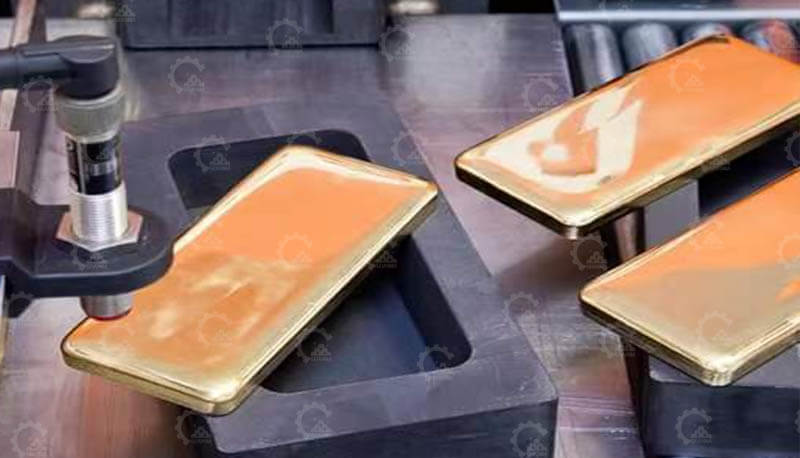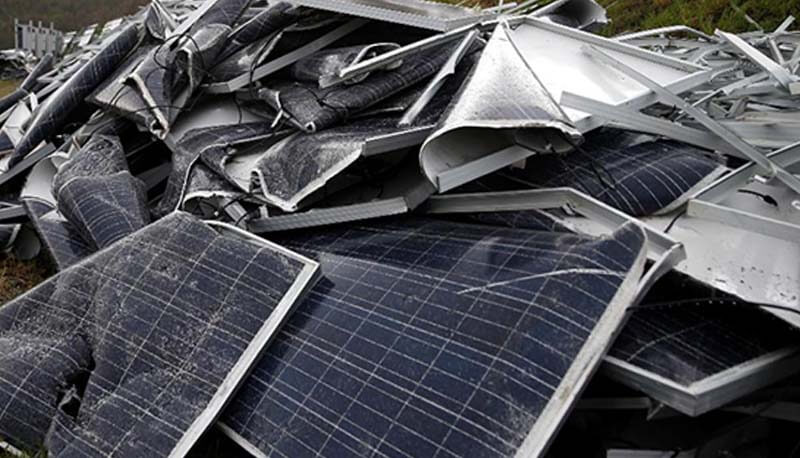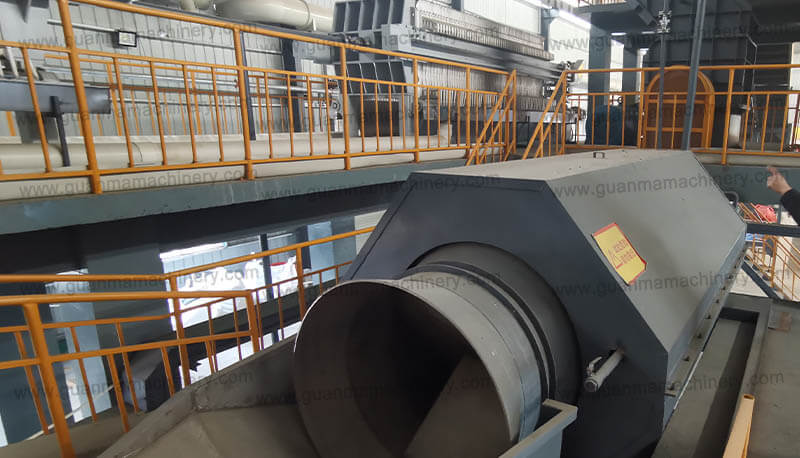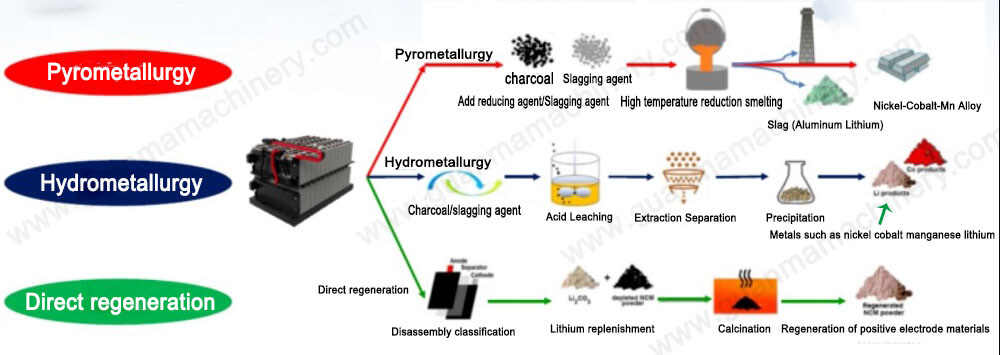How to Process the Final Products of Gold Electrolytic Refining Machine? In gold electrolytic refining, the products and their handling include:
Electroplated Gold (Electro-Gold)
The cathode gold that emerges from the cell is called electro-gold. It is first rinsed with water to remove residual electrolyte solution, and the rinse water is collected. The electro-gold is then sent for casting into ingots.
Spent Anodes (Residual Anodes)
After a certain period of electrolysis, when anodes can no longer be used, they are known as spent anodes. These are carefully washed, and the anode slime on their surface is collected before being remelted with secondary black gold powder to form new gold anodes.

Anode Slime
The anode slime produced during gold electrolytic refining amounts to 20-25% of the weight of the anodes and typically consists of 90-99% silver chloride (AgCl) and 1-10% gold. This slime is usually returned to be remelted into gold-silver alloy anode plates for silver electrolysis. Since AgCl has a low melting point (455°C), it easily volatilizes during smelting. Therefore, the gold electrolyte anode slime is melted, and the gold is separated using skimming. The remaining AgCl residue is treated with sodium carbonate and carbon for reductive smelting, cast into crude silver anodes, and sent for silver electrolysis, while the gold is returned to make gold anodes.
Spent Electrolyte Solution
In gold electrolytic refining, when the concentration of platinum and palladium in the electrolyte exceeds 50-60 g/L, the solution should be processed for recovery of these metals. However, the electrolyte still contains 250-300 g/L of gold, so the gold must be recovered prior to recovering the platinum and palladium. Methods for gold recovery include zinc dust displacement and chemical reduction, with most facilities preferring the latter method using reagents such as oxalic acid or sulfur dioxide. After gold recovery, the solution is further processed to recover platinum and palladium.




